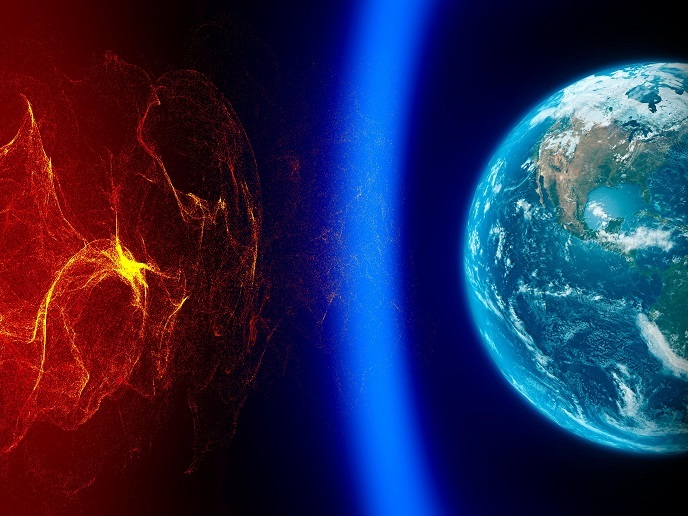Workings of the cosmos under study
New technical solutions are needed to modernise or build new detectors for CERN's Large Hadron Collider (LHC), the largest and most powerful particle accelerator in existence. To accomplish this, the EU-funded TALENT (Training for career development in high-radiation environment technologies) project piloted cutting-edge technologies on the ATLAS, one of two all-purpose detectors at the LHC. The 7 000-tonne ATLAS detector, the largest ever built, examines a broad array of physics and searches for fundamental particles (constituents of all matter). Particle beams from the LHC collide at the centre of the ATLAS detector, producing impact fragments in the form of new particles. The contact in the ATLAS detectors produces immense data volume. To deal with the challenges faced by the resulting radiation levels and data flows, the project team conducted research on radiation-hard precision pixel sensors, radiation-hard high-density electronics and interconnection technologies. It also studied novel mechanical integration techniques for light-weight support and cooling systems, as well as detector performance and system integration. In effect it successfully researched and developed state-of-the-art radiation detectors, innovative electronic-sensor integration systems and mechanical structures. Specifically, the project elaborated three different types of radiation-hard pixel sensor – 3D silicon, planar silicon and diamond sensors. It also advanced research in novel radiation hard CMOS-based sensors and development of a new readout system for the Insertable B-Layer sub-detector of ATLAS. In parallel, partners engaged in dissemination and knowledge transfer activities to concerned stakeholders. TALENT outcomes have resulted in effective and economical detector technologies that boost the competitiveness and image of European research and industry. Importantly, the project also worked on finding industrial applications for these new enabling technologies, participating as well in elaborating business plans for the most promising related commercial spin-offs. This will no doubt help researchers in their quest to continue unveiling the secrets of the cosmos.







